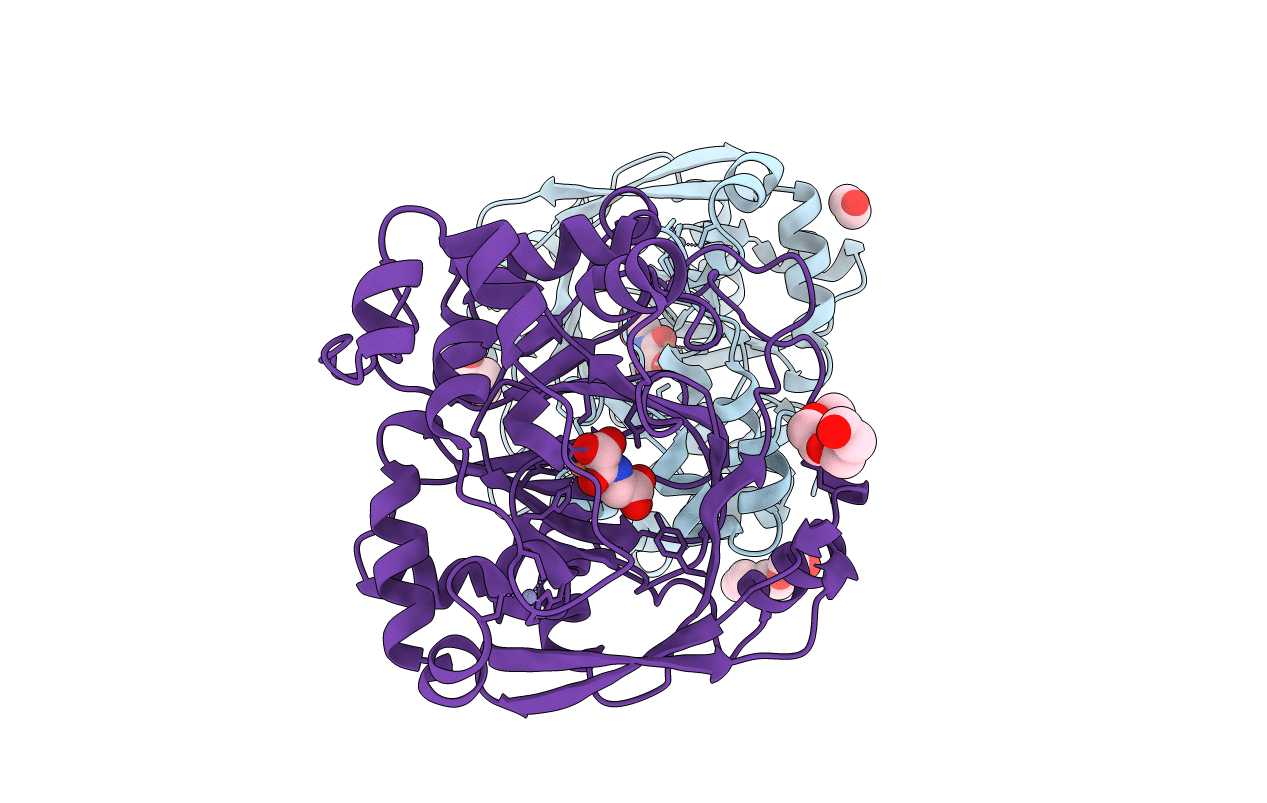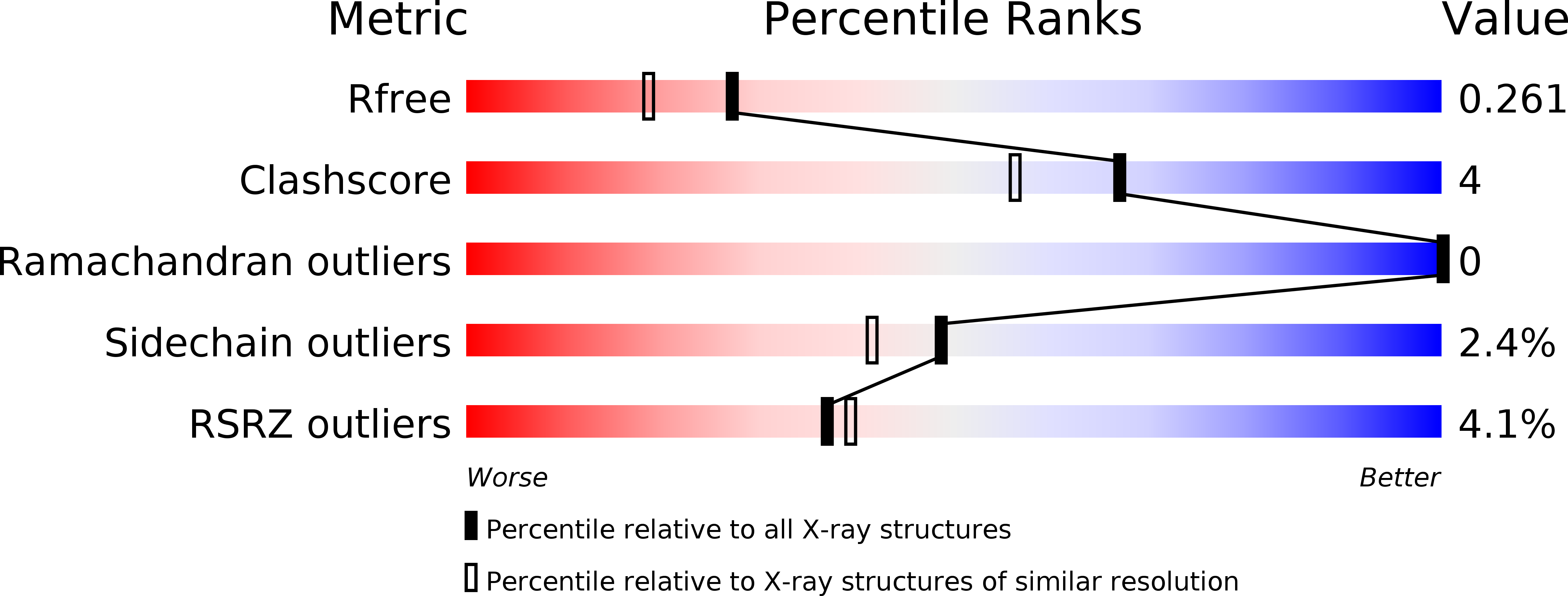
Deposition Date
2014-12-19
Release Date
2015-03-25
Last Version Date
2024-02-28
Entry Detail
PDB ID:
4XDO
Keywords:
Title:
Crystal structure of human KDM4C catalytic domain with OGA
Biological Source:
Source Organism:
Homo sapiens (Taxon ID: 9606)
Host Organism:
Method Details:
Experimental Method:
Resolution:
1.97 Å
R-Value Free:
0.25
R-Value Work:
0.20
R-Value Observed:
0.20
Space Group:
C 1 2 1


